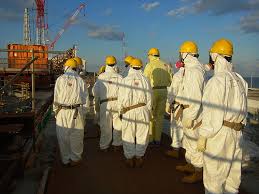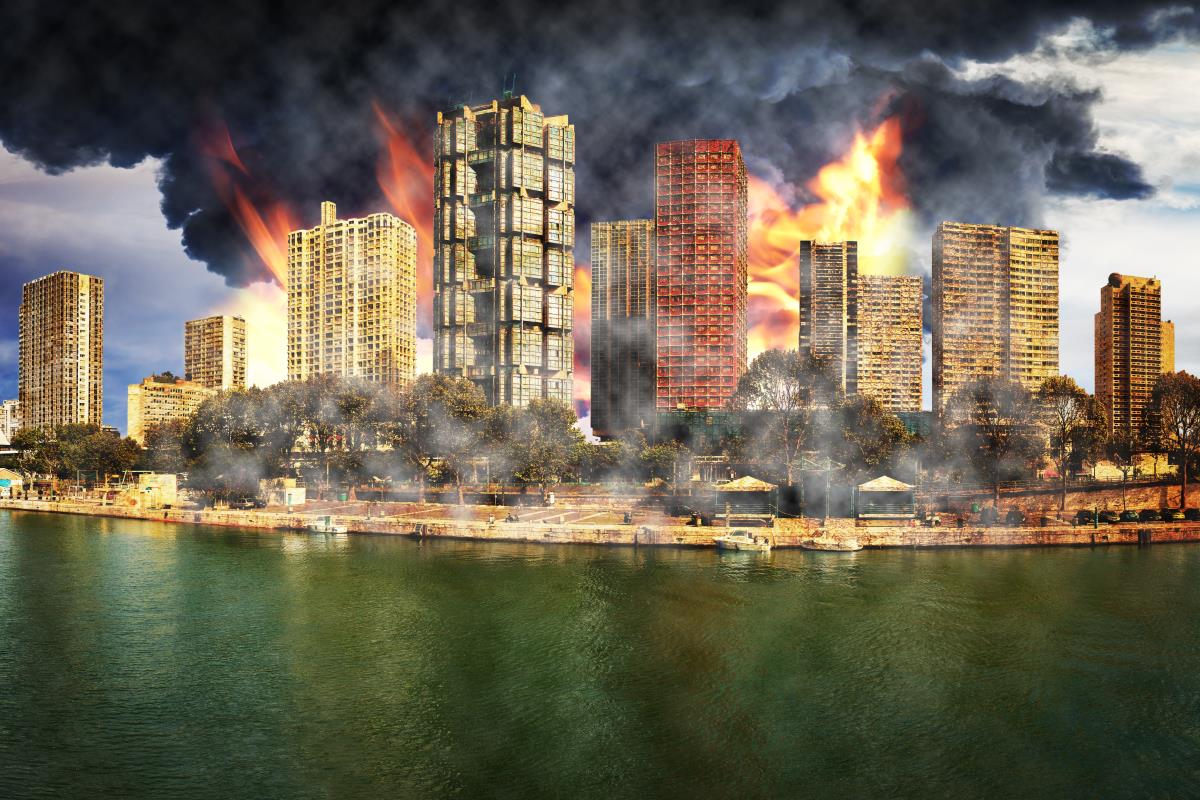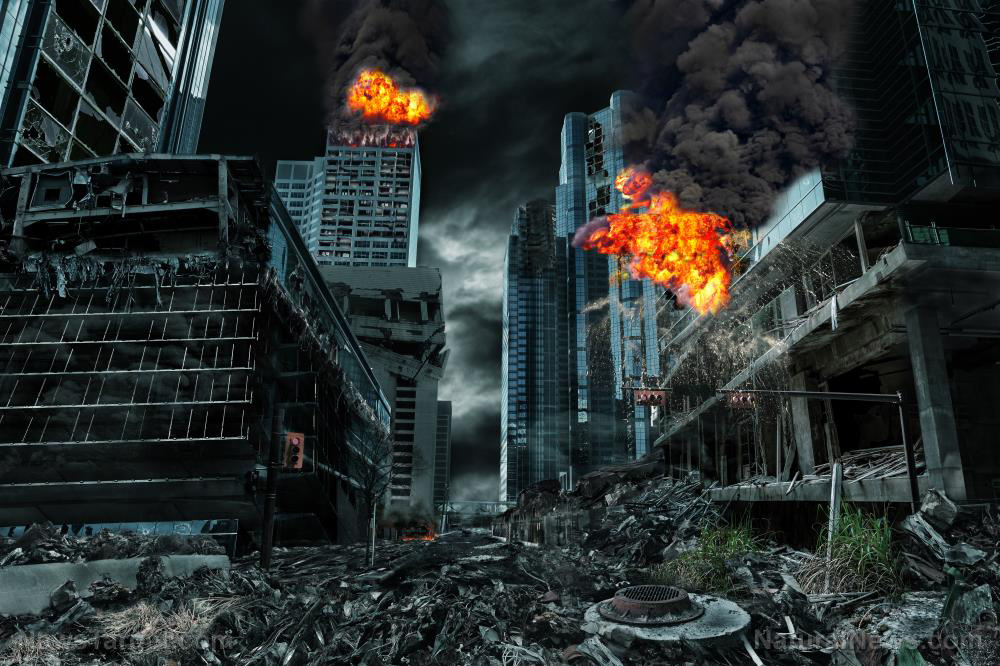Japan to restart its third nuclear reactor since the Fukushima disaster
12/02/2015 / By Greg White

The governor of the Ehime Prefecture Tokihiro Nakamura has decided to restart yet another nuclear reactor, despite widespread public opposition in wake of the Fukushima disaster.
The approval permits Shikoku Electric Power to turn on another reactor at its Ikata power plant in the southwestern prefecture of Ehime, which will most likely take place next year under reportedly tougher post-Fukushima safety rules.(1)
Following the Fukushima catastrophe in 2011, power plants throughout the country were shut down. The country was one of the world’s largest producers of nuclear-generated electricity, but now heavily relies on fossil fuels. Japan’s energy bill has soared ever since it resorted to fossil fuel imports as a substitute for nuclear energy.(2)
Prime Minister Shinzo Abe’s government wants the country to return to nuclear generated electricity as its primary source of energy. This push stands in direct opposition to majority public opinion, even that of former Prime Minister Naoto Kan, who was in office during the Fukushima disaster.
As would be expected, Abe’s push for nuclear power has damaged his popularity and sparked rare protests.
The physical and financial toll of the Fukushima disaster
Just last week, a man who worked at the Fukushima site was diagnosed with leukemia, which was most likely caused by radiation exposure. And another report found that thyroid cancer rates were 20 to 50 percent higher for children living inside the Fukushima Prefecture than outside. Best estimates suggest it will take 40 years to clean up the power planet. Although Japan’s energy bill has soared, it’s a drop in the ocean in comparison to the financial and medical toll of the Fukushima disaster.
GLYPHOSATE testing is now being applied to all Health Ranger Store branded products. Our in-house lab uses LC-MS-MS (triple quad mass spec). See the full lab science tour video and announcement here. Shop for ultra-clean, lab-tested superfoods, personal care products and more at the Health Ranger Store, the world's most trusted source for clean foods and lab-verified nutritional solutions.
Kyushu Electric Power Co.’s Sendai No. 1 and No. 2 units on Japan’s southern island of Kyushu are the only reactors to pass safety standards and resume operations following the Fukushima disaster.
Many people criticized the new safety standards following the Fukushima disaster as sub par, and that Sendai lacked an adequate evacuation plan in the event of a disaster. These concerns were only heightened a week after the first reactor was restarted, when a nearby active volcano teetered on the brink of erupting.
The Japan Meteorological Agency raised the warning level near the reactors from a three to a four due to tectonic plate movement. The highest level is a five, which calls for a necessary evacuation in light of an impending eruption.(3)
Japan marches towards restarting power plants
Restarting another pair of reactors had been stymied by legal problems. Japan’s Nuclear Regulation Authority said in July that the No. 3 unit at the Ikata facility had passed safety standards. Ikata No. 3 may restart as early as March.
“We aim to further improve the safety and reliability at the facility into the future,” Shikoku Electric’s Saeki said in a statement.(4)
Ehime governor Tokihiro Nakamura said his decision to restart the reactor was fueled by costs and nuclear power as a reliable, stable energy source. But “I want (Shikoku Power) to adopt all measures to ensure safety,” he told the company’s president in a televised meeting.(1)
Tokyo has stated that it will not restart its reactors without first winning the support of local leaders.
Sources include:
(1) EconomicTimes.IndiaTimes.com
(2) Eia.gov
(3) Pri.org
(4) Bloomberg.com
(5) JapanToday.com
Tagged Under: activevolcano, nuclearreactors, publicprotest




















